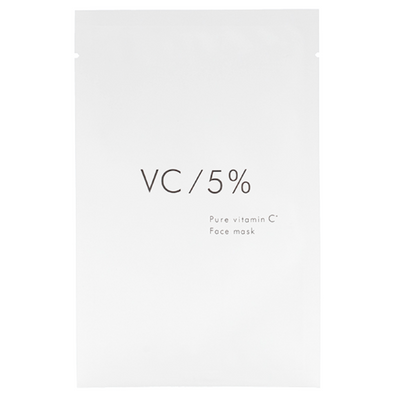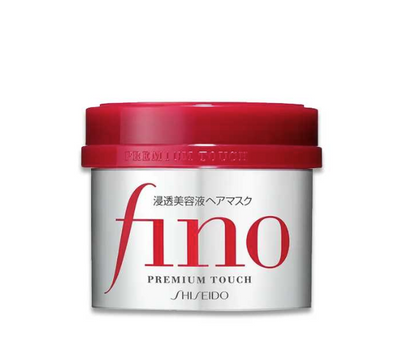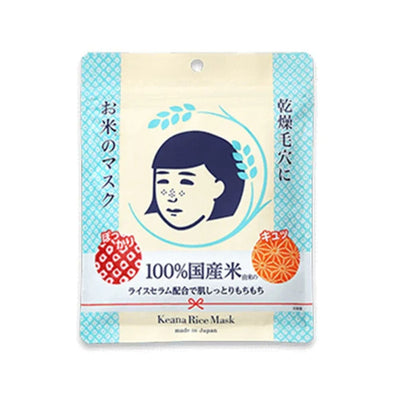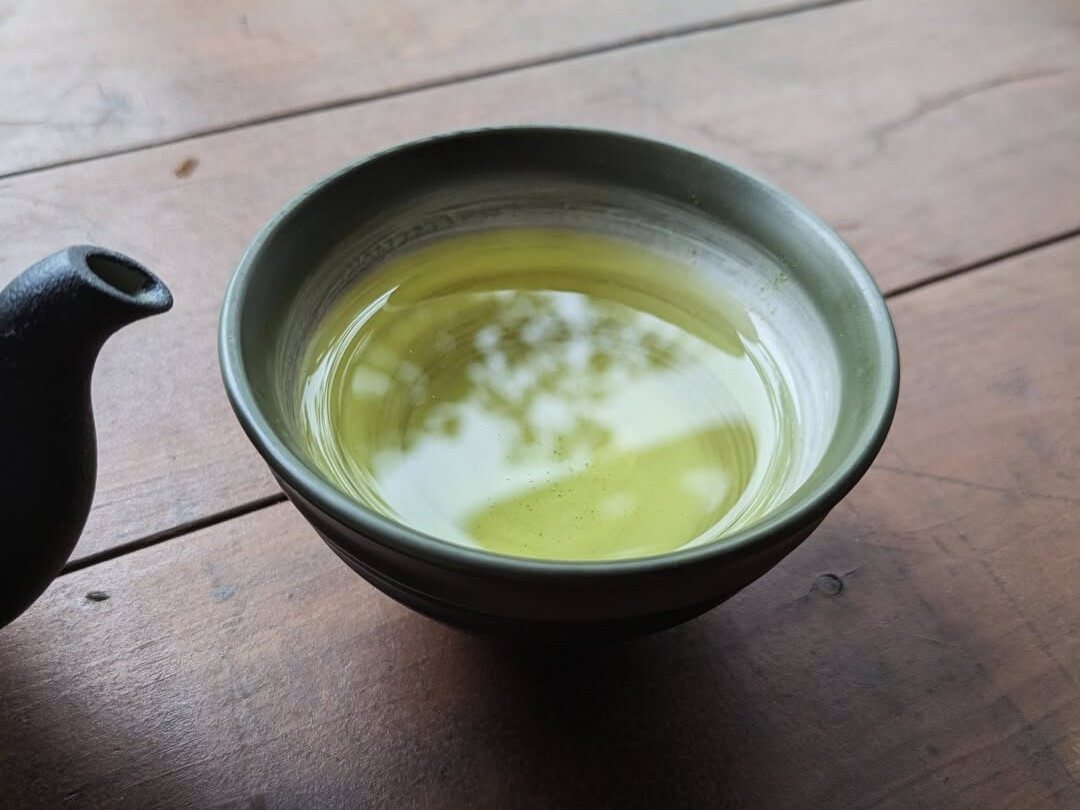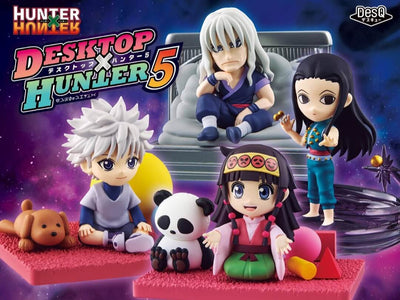For many who don’t have much exposure to Japanese tea, matcha is the extent of said world. But did you know that, in Japan, one tea reigns supreme in terms of production and sales? That tea is sencha, and it’s the topic of today’s blog!
Today, we’re going to explore exactly what sencha is, how it differs from matcha, and its really cool history! And check out Part 2 to learn about the variations of this tea and some product recommendations!
What is Sencha?

This drink is perfect for summer with its naturally lighter taste! Image via Instagram
Sencha is a type of green tea that is ultimately lighter in flavor and in color than its more famous cousin matcha. Unlike matcha, the leaves are grown uncovered for most, if not the entirety, of the growing process.
After harvest, the leaves are steamed for a short time to prevent oxidation, rolled and shaped, and finally dried. Then, all that’s left is for the lucky tea enjoyer is to brew it.
In terms of flavor, sencha has a fresh, light taste that manages to be sweet, bitter and earthy all at the same time. This is in part because of the growing process, with the lack of cover reducing the grassy flavor. The other part is the steaming process, which helps to reduce the natural bitterness. Actually, the longer it’s steamed, the less bitter it becomes.
Fun Fact: Sencha is actually the most popular tea in Japan, with a massive amount selling at supermarkets, conbinis (convenience stores) and vending machines. In fact, when you look at the amount of tea produced in Japan, about 75% of it is sencha.

Sencha can vary from a deep green to an almost green-gold depending on how it's processed. Image via Instagram
And while there are farms and growers all over Japan, the most well-known are Shizuoka (who is the largest producer), Kagoshima, Miyazaki, Mie and Kyoto. (The last two are also places where Uji matcha is grown.)
Each area creates sencha with their own techniques and climates that change the flavor profile, so you can enjoy a slightly different experience of the same tea.
Key Differences between Sencha and Matcha
While sencha and matcha are both green tea, there are few fundamental differences that lead to very different flavor experiences. Let’s start with…
The Growing Process

Sure, Uji is cool. But Shizuoka has tons of tea and great views of Mt. Fuji! Image via Freepik
Like we mentioned, sencha is grown uncovered for most or all of its growing time, taking it lots of sunshine for photosynthesis. Matcha, on the other hand, grows mostly covered from sunlight, which causes it to build up chlorophyll for that grassy, umami flavor and deep green color.
Processing
Matcha is always powdered, specifically, with a large stone mill that’s made to keep heat from friction low. Sencha is lightly steamed, rolled and dried, which helps to stop oxidation and also reduces bitterness a little as a bonus.
Preparation
Matcha powder is directly mixed with hot water to create the drink known as matcha. Sencha, however, is prepared by putting whole tea leaves into water and allowing it to steep, traditionally in a pot.
History of Sencha
The Great Baisao

As was common back in the day, Baisao had several names. He was born Shibayama Kikusen, became Gekkai Gensho as a priest, and became Ko Yugai after giving up his priesthood! Image via Wikimedia Commons
Sencha and its creator are actually pretty interesting, so we want to take a moment to talk about it! The credit for the sencha preparation method goes to a Japanese Zen Buddhist monk, most commonly known as Baisao (1675-1763). (People had many different names throughout their life back then, including Baisao, which is a nickname that means “old tea seller”.)
Baisao, as his nickname implies, sold tea all around Kyoto in exchange for donations (as opposed to a fixed price) that he used to feed himself and meet basic needs.
He prepared tea by using whole leaves, tossing them into a pot of boiling water, and simmering them for a short time. This may not seem revolutionary, but Japan was dominated by matcha at the time, which is prepared completely differently.
Baisao’s Impact on Tea

Baisao is the reason we have so many sencha and such large sencha farms! Image via Instagram
Baisao saw tea as a way to achieve spiritual enlightenment, and he wasn’t the only one who saw spiritual value in it. Some sects of Buddhism actually really enjoyed the simplicity of adding tea leaves to water since it was a more carefree way to make it.
Meanwhile, other folks came to prefer it over matcha because it was more relaxed than the tea ceremonies that surrounded matcha. Plus, as it gained popularity, it was more accessible than matcha, which was most mostly reserved for ceremonies, royalty and more upper-class types. This made it more of a tea for the people.
In fact, Baisao stopped selling his famous tea in 1755. He was fully aware of the renown that he and his tea were receiving (especially since he was also gaining popularity as a poet and calligrapher).
However, he became worried that they would do the same thing to his sencha that they did to matcha—turning it into a formal ceremony. He even went so far as to burn his own tea-making tools to avoid the common practice of revering the tools of great tea masters.

Although Sencha-dou (sencha tea ceremony) became a thing that is very popular, sencha remained accessible to many. Image via Instagram
Well now that you’re a bit more educated on what sencha is and the interesting history of both the tea and the man behind it, it’s time to move on to the different varieties and our own personal recommendations.
But this blog is already long enough, so be sure to check out Part 2!
